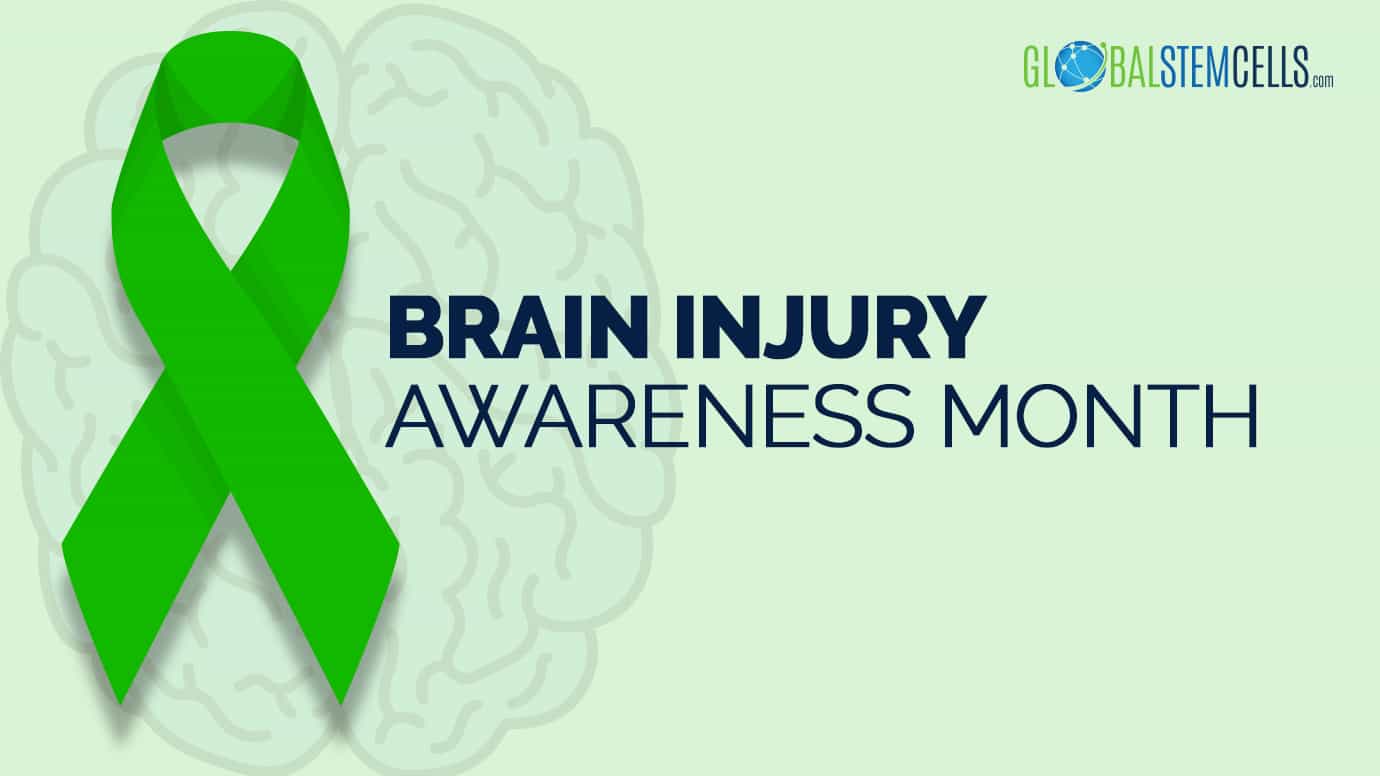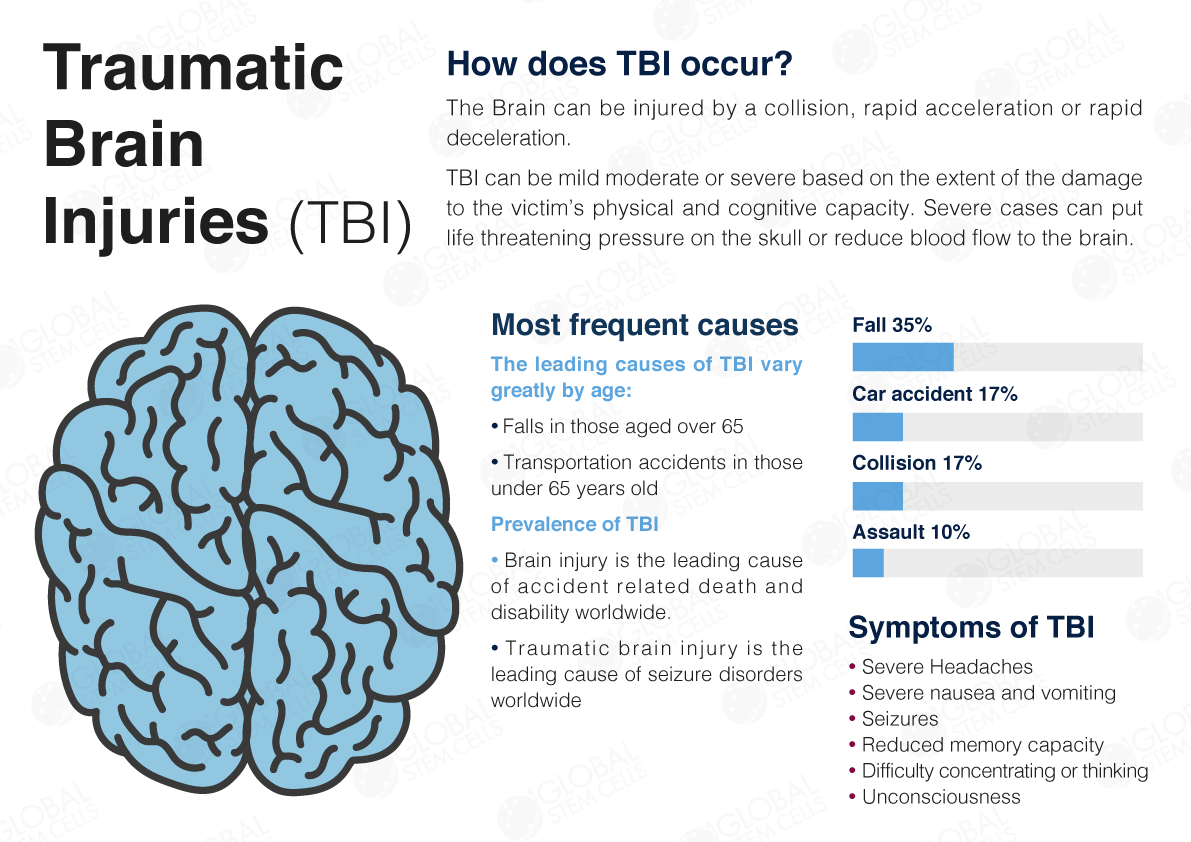Of all the injuries that a human being is likely to encounter brain injury is the most likely to be fatal or to lead to permanent injury.
Brain Injury Awareness Month, marked in March, seeks to educate the public on the dangers of injuries to the brain, how to lower the likelihood of incurring the same and the treatment options and palliative care available. A key message during the Brain Injury Awareness month will be to de-stigmatise the injury and empower survivors.
Brain Injuries Explained
Brain Injury falls into two main categories. Traumatic Brain Injury (TBI) results from a severe enough blow to the head that leads to temporary or permanent damage which in turn compromises cognitive, physical and psychosocial functions. Traumatic Brain Injury is also the leading cause of seizure disorders. Men are more likely to incur a TBI than women, while the age bracket most at risk is the 15-24 years (directly related to their heightened physical activity). Persons under the age of 5 and over the age of 75, given their underdeveloped and slowed down coordination, respectively, also display a higher than normal risk to the incidence of brain injury. The World Health Organisation puts the incidence of TBI at roughly 100 – 300/100000 people per year although this rate could be significantly higher, up to six times by some estimates.
Any Brain Injury that occurred after birth is classified as Acquired Brain Injury (ABI). Degenerative Neurological Diseases, strokes, lack of oxygen, meningitis and even trauma to the head can all lead to Acquired Brain Injury. This means that Traumatic Brain Injury (TBI) is a subset of the larger group of Acquired Brain Injury (ABI).
Certain professions and sports make one more prone to falling victim to Traumatic Brain Injury. The wider category of Acquired Brain Injury, barring any accidents, does have an element of chance to it and anybody, regardless of profession or recreation, may fall victim.
Brain Injury Awareness Month 2017
The running theme for the Brain Injury Awareness month for 2015-2017 is ‘Not Alone’. This is a crucial message given the stigmatisation that sufferers have undergone, and continue to undergo, worldwide. The respective government ministries in the world charged with the health docket are expected to set the agenda for the educative programmes in their countries.
Different nations will have their own approach toward this end with digital media predominating in the more developed countries while most of the third world will witness the traditional ways of disseminating information. This typically takes the form of caravans, skits and village-level discussions. The Non Governmental Organisations (NGOs) concerned with health are expected to play a key role, especially in demystifying brain injury. Given their daily interaction with people at the grassroots level these NGOs are best placed to change not only the attitude of those caring for people with brain injury but also to engender a culture of compassion amongst them and help ease the pain and suffering that that this condition brings to the victims and their families.
It is hoped that in this way the message of ‘Not Alone’ will become part of the global culture and the face we show to Brain Injury patients worldwide.





 English
English